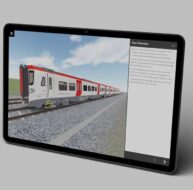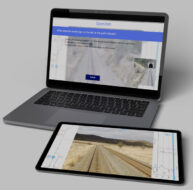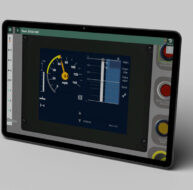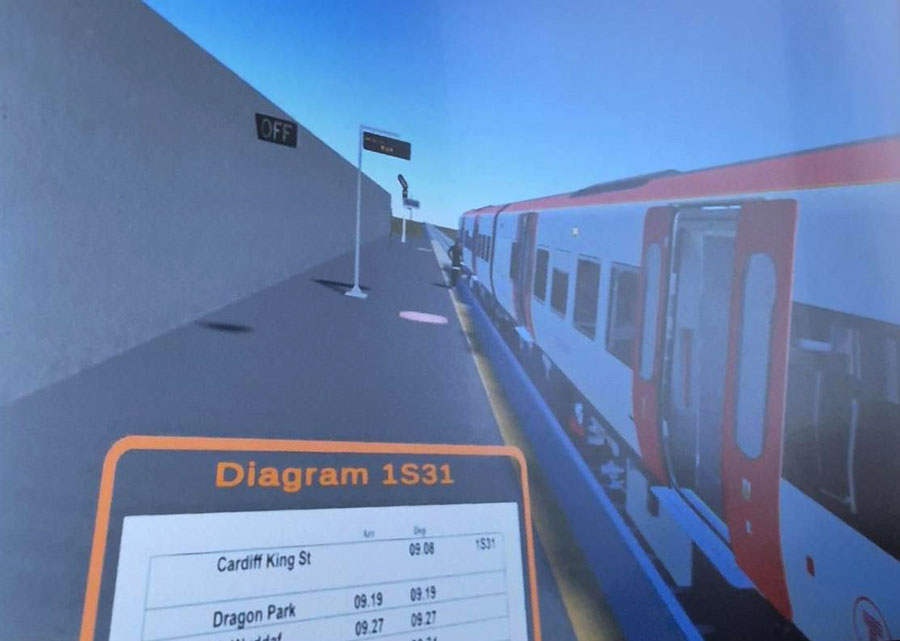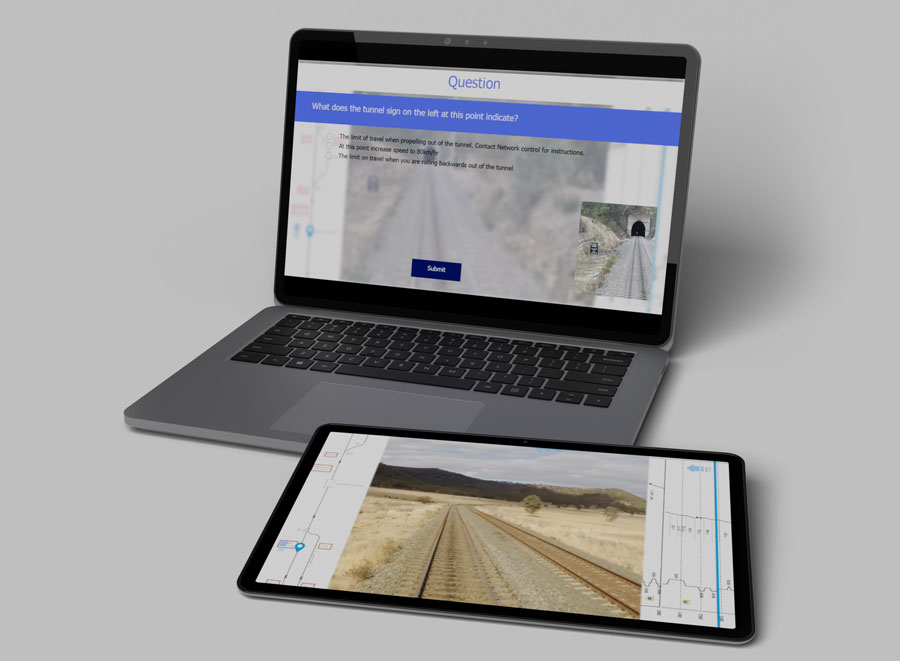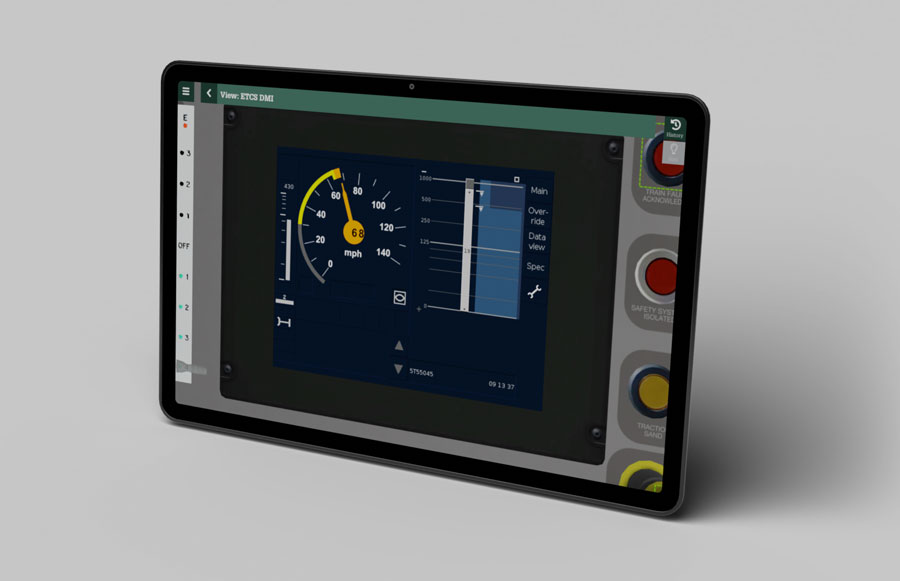The building blocks for ‘new normal’ rail training

Social distancing and reduced access to rail training facilities has required imaginative solutions to keep training delivery going over the past few months, and it looks like this is going to be with us for the foreseeable future.
The urgency for innovation has been clear for many rail training designers as they quickly adapt existing courses and material for the ‘new normal’. Projects that were previously aspirational are becoming ‘business as usual’, but as this happens a wide range of issues arise that passenger and freight operators need to consider.
Reduced access to training facilities requires training designers to look again at what, and how, they teach. If you can’t get everyone in the same place at the same time, remote learning seems the obvious answer. But where do you start? Training material used in a classroom may not always be suitable for self-paced learning.
New Normal Rail Training
A flexible approach where different teaching mediums such as cab/part task simulators coupled with classroom and self-paced learning offers the most robust and risk free option. But it needs to be planned properly to be effective, and that can be a problem for organisations who have limited experience in this area.
The design and implementation of a successful blended training approach requires careful planning and consideration of following 3 strategies;
Re-visit your desired learning outcomes – identify what is critical and focus on how best to deliver that first
Consider how you might split the training delivery to reduce classroom time. At 3DVSL we had one customer who reduced a three-day training course by a day, simply by identifying what training material they could share with the trainees prior to attending as well as the take away materials that would reduce skills fade
Consider strategies on how to deliver and assess the training – what technology and teaching methods are available and which suit the different learning environments best? How might you capture and authenticate data from remote learning?
Virtual Training will be a core element across the rail industry as we return to the ‘new normal’ ways of working. Self-paced learning doesn’t replace the benefits of face-to-face training, but if carefully designed and included as a blended approach it will provide a valuable complement, easily accessible to everyone.

